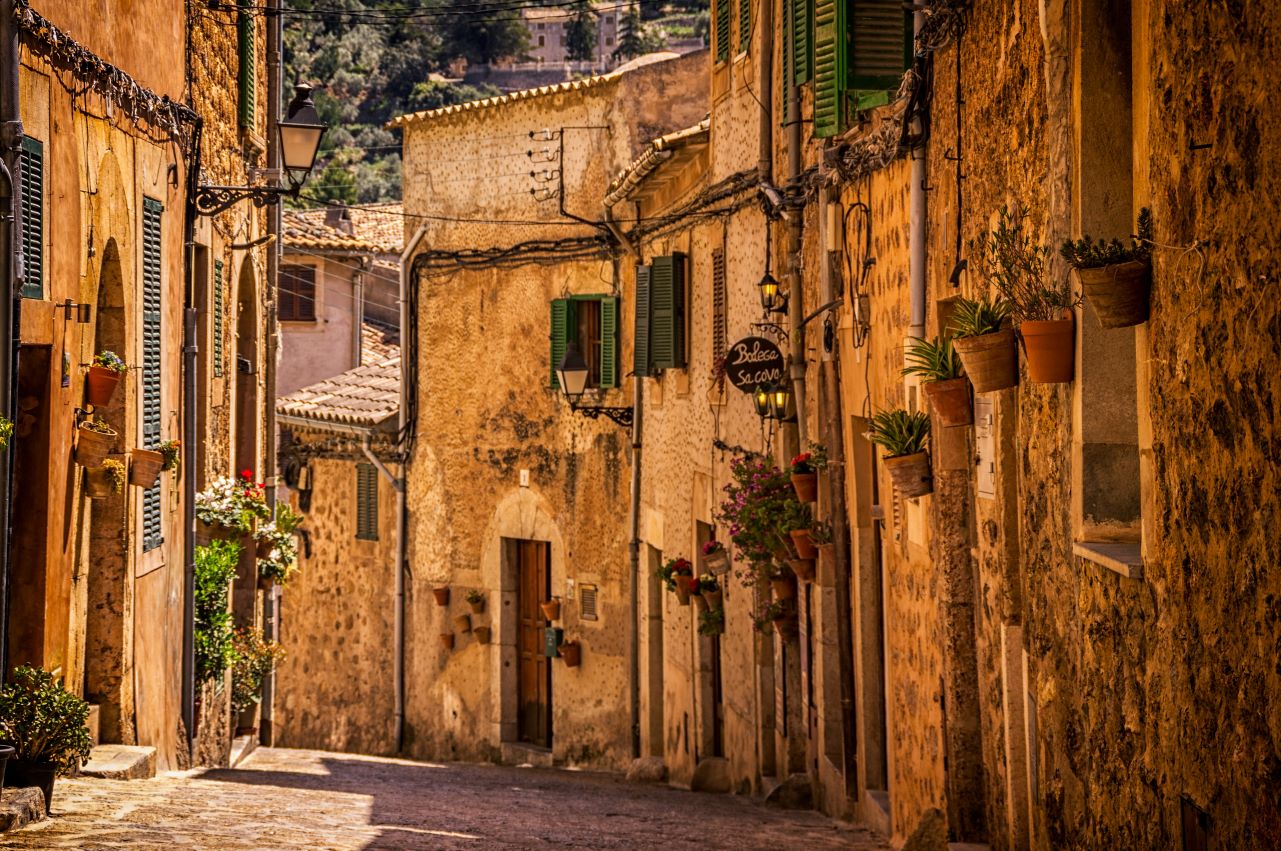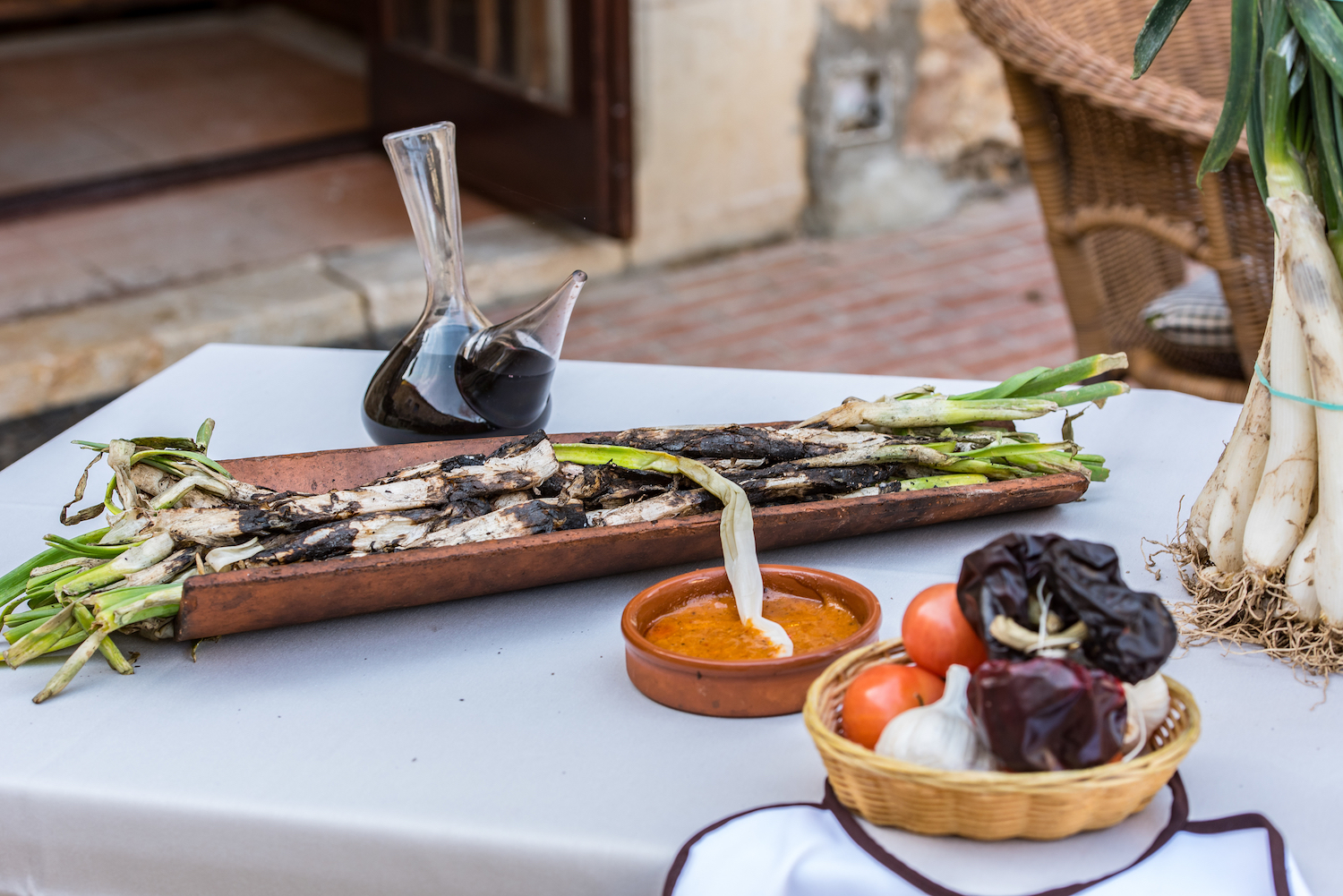Wedding in Spain: interesting traditions and characteristics
Wedding in Spain: interesting traditions and characteristics
Every nation has its deep traditions and customs in the main spheres of life. This also applies to such important event as wedding. Spain is famous for its romantic spirit, exciting love stories and weddings.
In today’s globalized world, under the pressure of media and Internet, national characteristics are being increasingly replaced by the new features, typical for most countries. However, Spain preserved a lot of interesting things you should learn more about.
How do they propose in Spain?
Firstly, all expenses that arise in the process are usually covered by the groom’s family. His parents visit the bride’s family (however, now they just go to the restaurant together). Thanks to this, the groom’s and bride’s parents can know each other better during the family lunch, dinner or tea party, as in the future they’ll have to intermarry and become whole. When the groom sends his bride white flowers in the morning, it means that he invites you to such meeting.
Even the mood of people at the table is very important during this meeting. The bride’s parents take their place at the head of the table, while the groom’s family sits on the right. The groom’s mother must sit on the right of the bride’s father, and his father– on the right of her mother.
On the day of the meeting, bride and groom give presents to each other. Traditionally, no one else should make present on that day. The groom gives a ring to the bride, while she can present him a wrist watch or some accessory like a tie tack.
A little about rings
In every nation, including Spanish, wedding rings are the necessary part of wedding tradition. Even the Ancient Greeks told that the ring finger is related directly to the heart.
The material for the ring is quite usual– yellow or white gold, platinum or silver. As a rule, the names of newlyweds and the date of the wedding are carved on the inside of the ring. We should know that in Spain it doesn’t matter on which hand you wear the ring. Depending on the region of the country, it can be worn both on the right and on the left hand.
Interesting wedding traditions in Spain
There is one ancient custom in Spain. The groom must give the bride 13 coins made of silver or gold. This is a symbolic action, which must show that the man can feed his future family.
In our time, this tradition is also relevant, but it just symbolizes the common property of the spouses. Sometimes these coins must not be bought, if the newlyweds inherit them from their parents.
The newlyweds try to avoid setting a wedding date on 13th, when it falls on Tuesdays. It is considered an unlucky day, when you should refuse from celebrating such an important event.
In the old days, the bride had to wear white dress for a wedding as a symbol of her virginity and purity and showed that she belonged only to her husband. Even though this tradition is very strong in our time, it gradually loses its importance. Many brides even wear black silk dresses in the flamenco style. Earlier the bride had to sew a shirt for the groom. He wore this shirt during celebration.
There is also another interesting moment. On the wedding day, the bride must have certain elements: blue or dark blue color, something borrowed and something old. Their meaning is following: blue color symbolizes long relationship without cheating and betrayal, the old thing shows that these people will always remember their past, and the borrowed thing symbolizes friendship with other people.
During the wedding party in Spain, the godfather must give presents to the male guests and the godmother- to the females (people often gave cigars). The bride makes special pins with flowers and gives them to the single girls. The one whose pin will fall off first, will get married sooner than others.
There are many other traditions; we mentioned only the most interesting of them. Some of them can be found in the other nations. However, Spanish wedding still preserves its identity and unique atmosphere of the old and almost forgotten times.








Comments